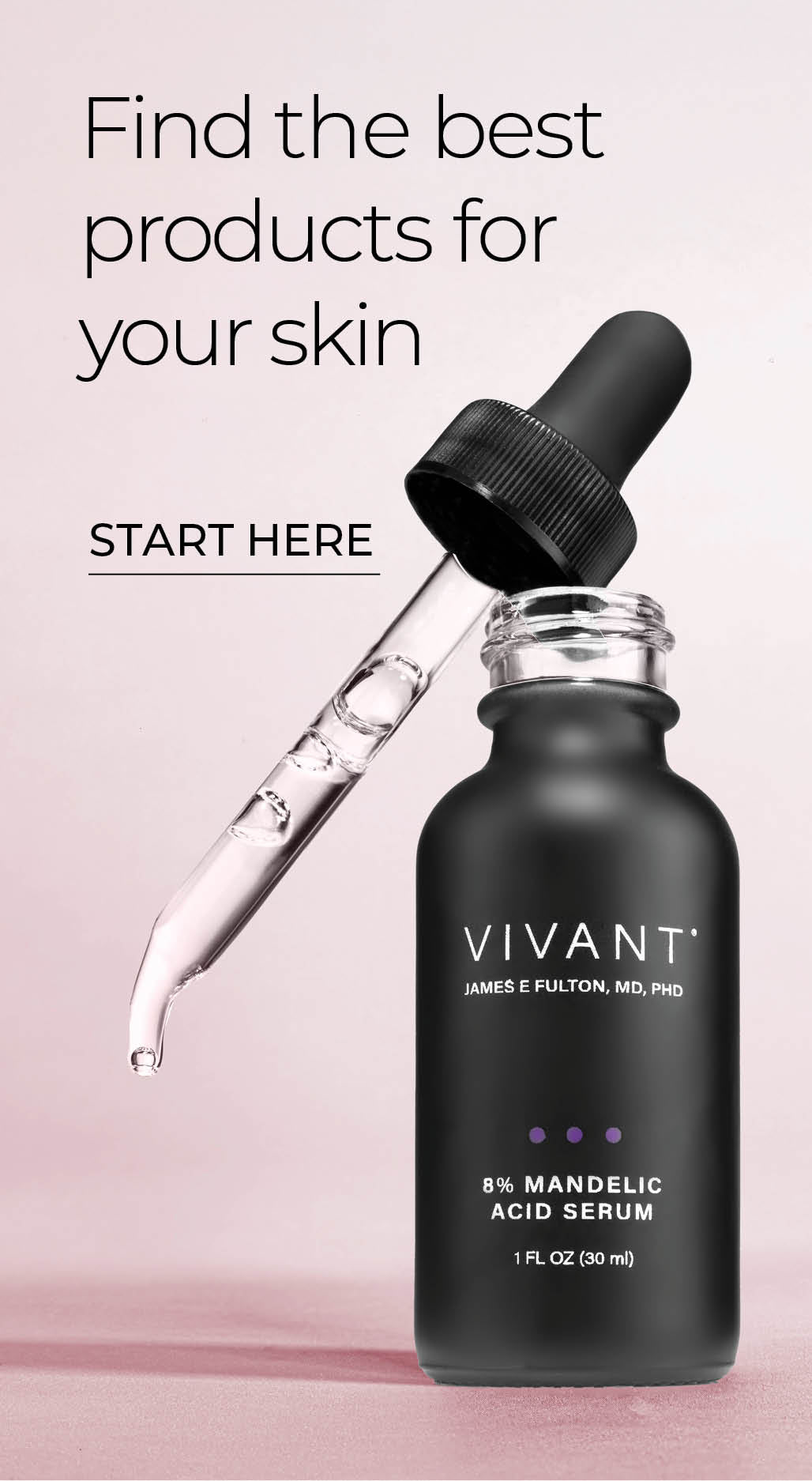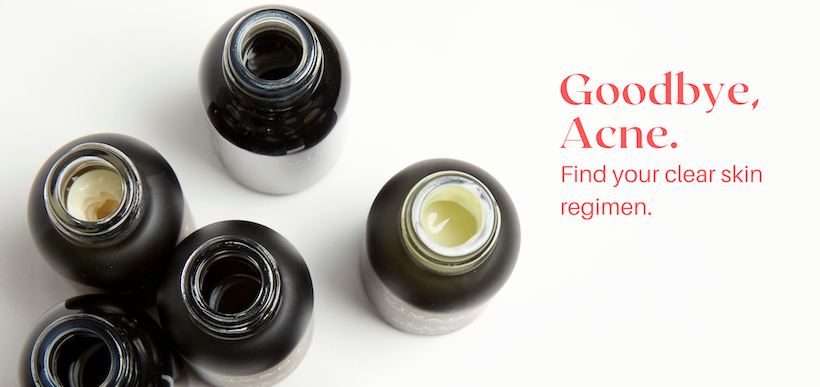Hyaluronic Acid: The Youth Molecule

Moisture is essential for keeping cells plump, collagen and elastin pliable, and the skin barrier resilient—all the characteristics of healthy, glowing skin. The key component of skin moisture? Hyaluronic acid (HA), a molecule with the unique capacity to bind and retain up to 1000 times its weight in water.
HA is abundant in our skin when we’re young, but with age, the molecules are less plentiful and smaller, so they hold less water in the skin. So how can you get more hyaluronic acid into your skin to maximize and maintain a glowing, youthful appearance? Read on to learn everything you need about the glow molecule hyaluronic acid.
In this blog:
What is hyaluronic acid (HA)
A naturally occurring molecule found in the body, hyaluronic acid is a polysaccharide (complex carbohydrate) with space-filling and lubricating functions. It acts like a sponge, attracting and retaining up to 1000 times its own weight in water, resulting in the hydration that gives skin its plumpness, resiliency, and pliability.
The predominant component of the extracellular matrix, hyaluronic acid is an essential partner to collagen and elastin, the two proteins responsible for keeping skin flexible and elastic.
In addition to providing hydrated skin, hyaluronic acid helps to protect against environmental damage, such as UV exposure and pollutants, while also helping skin repair itself, making hyaluronic acid a great defense against signs of aging.
What does hyaluronic acid do for your skin?
Hyaluronic acid is a total win for thirsty skin. As a humectant ingredient, it pulls water into the skin and binds it to cells, infusing skin with moisture, and making it feel soft, plump, and bouncy.
The plumping effect gives the appearance of filling in fine lines and wrinkles, reducing their prominence, smoothing skin texture, and enhancing contours.
Hyaluronic acid lubricates collagen and elastin fibers, keeping them pliable, and elastic, which helps keeps skin structure firm and toned.
A more resilient skin barrier is another benefit of hyaluronic acid, thanks to its ability to replenish moisture and reduce inflammation.
How to use hyaluronic acid
Hyaluronic acid works well for all skin, including sensitive, rosacea, or breakout-prone skin. It’s an excellent hydrator for an oily complexion as it delivers moisture without adding oil.
Hyaluronic acid is best applied to damp skin to take advantage of its humectant properties. It can be used both in the morning and at night as part of your regular skin care regimen, as it works well with other products.
Use a moisturizer on top of hyaluronic acid to lock in the moisture, especially if you live in a dry climate.
Recommended Products
Our new FF3 Hydra Intensive HA is the perfect way to make HA a part of your daily skincare regimen. This ultimate quenching and plumping serum combines hyaluronic acid with specialized neuropeptides, signaling peptides, and DMAE to deliver intense multi-level hydration and extracellular matrix support. It’s enriched with powerful antioxidant and anti-inflammatory compounds to protect the skin’s structural components from age-accelerating damage.
Are there other ways to take advantage of hyaluronic acid’s benefits?
You can support the body’s natural reservoir of hyaluronic acid by using peptide-based products in your daily skincare routine. Peptides are cell-signaling agents that tell your body to produce more of its natural store of hyaluronic acid.
Eating a diet rich in a diet rich in foods that stimulate the production of hyaluronic acid is another way to support your glow from the inside out.


Comments
I was a Newport Bch patient of Dr. J Fulton in the 80s. At 75 I have great skin because of him.
Re: Wendy
Thank you so much for the compliments! We are honored that you have our blogs in such high regards.
Here are some of the articles we have written about peptides:
https://www.vivantskincare.com/blogs/ingredients/peptides-your-power-play-for-reducing-redness-and-building-collagen
https://www.vivantskincare.com/blogs/ingredients/peptides-lets-talk-science-undergarments-and-cheerleading
https://www.vivantskincare.com/blogs/ingredients/power-up-with-peptides
I love your blog posts and read them faithfully!!!! This is a great post as I did think that I had read at one time that the hyaluronic acid molecule was way too small to be of benefit in topical skin care products. I love that you come from a science angle instead of a cosmetic approach…….as most advertising is geared from, etc. Keep up the great posts—I love the science of what really works in skin care!! Do you have one on peptides? I find it a bit confusing how they penetrate skin and actually work, etc. Thanks!!!